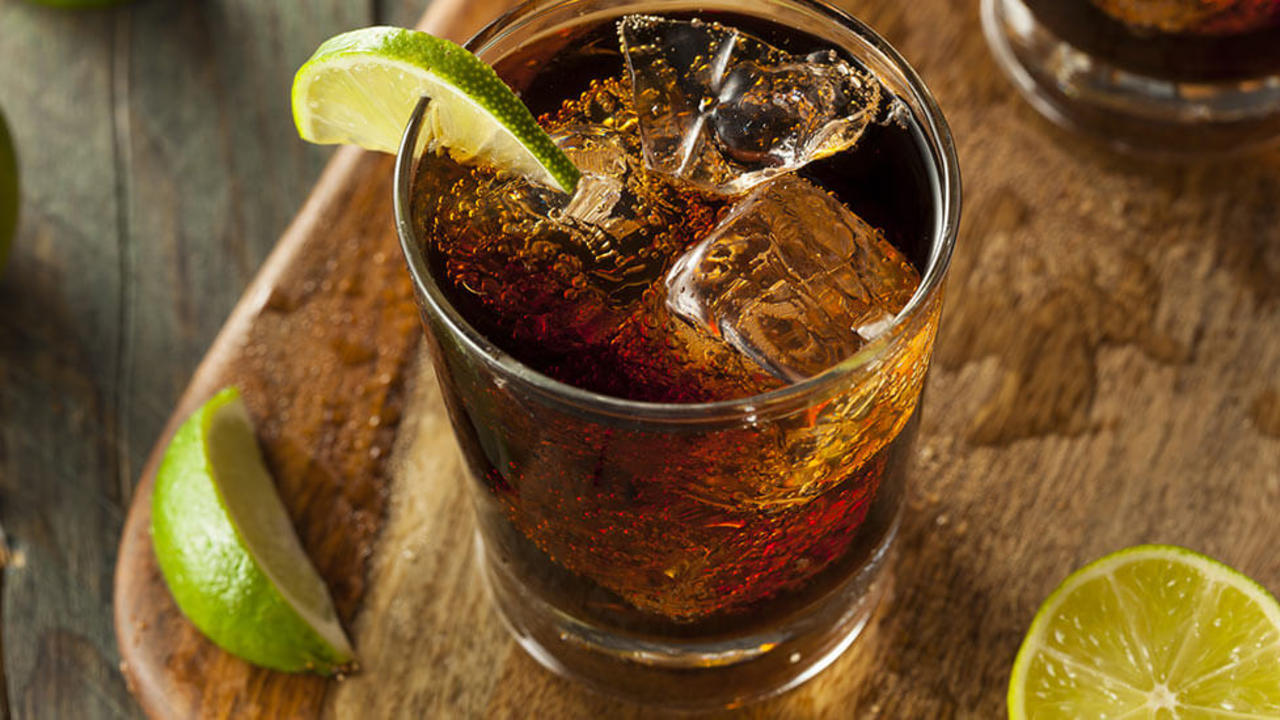Here are the answers to some of your most burning questions about whisky, as told by our EBS spirit experts!
Everything you’ve ever wanted to know about whisky...and more
1. When was whisky invented?
Whisky has been evolving for many hundreds of years, but the first mention of it in any official document was in 1494. when royal records show a Scottish friar was sent malt to make “aqua vitae” (whisky).
2. What’s the oldest distillery in the world?
Bushmills is the oldest distillery in the world - it was first opened in Ireland in 1608. Today it produces a range of popular Irish Malt Whiskeys.
3. How do I become a whiskey expert?
Every whisky expert starts in a different way, but whisky tours at a distillery are a great place to start. You’ll get first-hand experience of the process and get taken through all the stages of production, from malting and the way through to maturation in barrels. See our EBS expedition for more details.
Alternatively, look out for local whisky tasting nights and grab your chance to talk to an expert.
4. What is the “Angel’s share”?
As spirits mature in the barrel they lose approximately 2% of liquid content per year, due to evaporation. Early distillers noticed this and said this missing portion of the whisky was for the angels.
This process of evaporation also limits the amount of time a whisky can be aged for. After a certain period of time there will be none left; the casks will be empty and the angels will be drunk.
Angel’s Share is also a fantastic film directed by Ken Loach!
5. Does whisky continue to mature in the bottle?
No, whisky only matures in the barrel. Once a whisky is bottled, it retains the same characteristics.
6. Why does some scotch whisky taste like the sea?
Whisky is a mysterious drink and its flavours are shaped by the environment in which it is made. Some whiskies - especially those from Islay - have distinctively “seaweedy” or “salty” overtones. This is down to the expansion of the whisky barrels in summer and their contraction in winter. The air sucked in and blown out during maturation has a big effect on the final product. The salty sea air of Islay, for example, leaves a strong impression on the spirit.
7. Should I drink whisky with or without ice?
Purists would say that ice over dilutes the whiskey and numbs your taste buds to the more subtle flavour notes of the whisky. But it’s up to you! If you like whisky on the rocks, order it. It’s a personal choice and you should absolutely enjoy your drink the way you want it.
8. Should I drink my whisky with water?
Whisky has a high alcohol content. By diluting it slightly, with still water, you reduce the ABV percentage and open up the flavours in the drink. Most experts recommend adding a few drops of water, so you can fully appreciate its character.
9. What is the difference between whisky and bourbon?
Bourbon is an American whiskey primarily made with fermented corn (maize). It therefore tends to have a slightly sweeter taste.
Whisky on the other hand, is mostly made from malted barley. Its characteristics will depend on whether you are drinking a single malt or a blended variety.
10. Which is the best temperature to taste whisky?
On cold and blustery day, by a roaring log fire. But seriously, it is best to taste whisky at room temperature.
Some people like to add ice. That’s a personal choice, but it tends to over-dilute the whisky and the cold tightens up the whisky and inhibits some of its flavours.
11. Can I make whisky at home?
Sorry to be spoil sports, but no - we don’t recommend this at all. Not only is it illegal in most countries, without specialist equipment and controls, you also won’t be sure of how strong your whisky is, or whether it is safe to drink.
12. Why is whisky brown?
Whisky is brown, dark gold, amber, reddy and all shades in between. It gets its colour from the charred oak barrels in which it matures. Before it goes into the barrels, like most other spirits, whisky is clear.
13. Which kind of food pairs best with whisky?
Haggis! No, not really. People don’t tend to drink whisky with meals, but it does go well with savoury snacks like peanuts, pistachios and crisps.
14. Do different whiskeys have a large range of alcohol %?
Just like wine, beer, and other spirits, a whisky’s ABV (alcohol by volume) can vary. Nonetheless, for a scotch whisky to be legal, it must have a minimum ABV of 40%.
15. What’s the strangest whisky story?
We think that the “old Canadian toe” tale is by far the strangest whisky story. In 1973, a Canadian police captain called Dick Stevenson discovered the preserved big toe of a local miner called Louie Liken, while cleaning out a cabin.
Blackened and gelatinous, Liken’s toe had been amputated way back in the 1920s. Nevertheless, the Captain (perhaps on seeing the toe floating in alcohol) thought it would be a good addition to a local whiskey bar called the Sourdough Saloon.
Supposedly with little else to do in town, the locals challenged each other to down their whiskeys, with old Liken’s toe floating in the bottom.
Since then, despite the fact that the toe has been swallowed, stolen and replaced many times, the Sourtoe club has been going strong. Today, those who are able to drink the whiskey and touch the toe to their lips, win a certificate to show their achievement.
This was the last part in our series all about Whisky 'From Grain to Glass'. Click below to read the full version, or you can go back to the start by clicking here.

